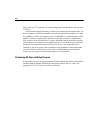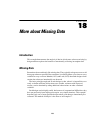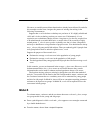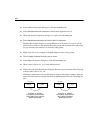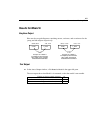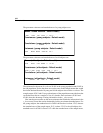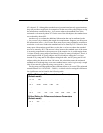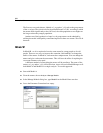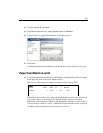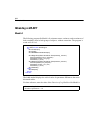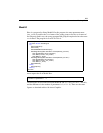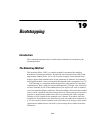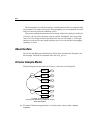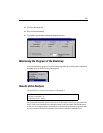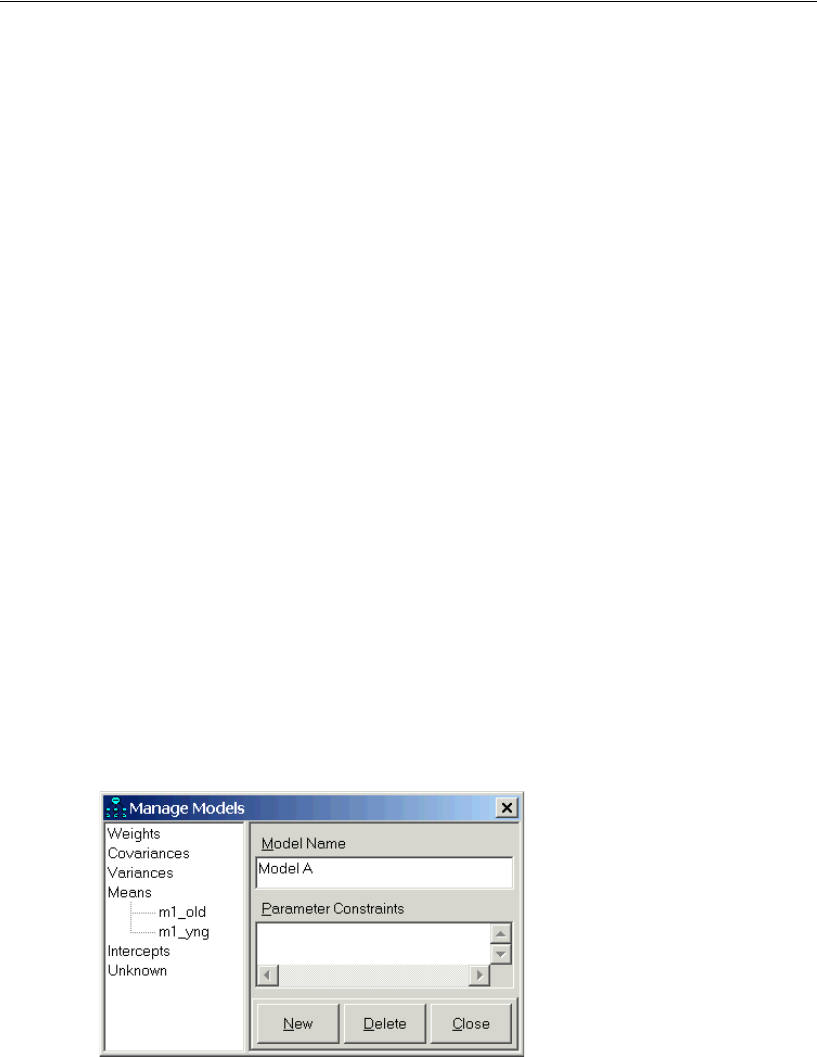
290
Example 18
The first two rows and columns, labeled m1_yng and m1_old, refer to the group means
of the vocab test. The critical ratio for the mean difference is 2.901, according to which
the means differ significantly at the 0.05 level; the older population scores higher on
the long test than the younger population.
Another test of the hypothesis of equal vocab group means can be obtained by
refitting the model with equality constraints imposed on these two means. We will do
that next.
Model B
In Model B, vocab is required to have the same mean for young people as for old
people. There are two ways to impose this constraint. One method is to change the
names of the means. In Model A, each mean has a unique name. You can change the
names and give each mean the same name. This will have the effect of requiring the
two mean estimates to be equal.
A different method of constraining the means will be used here. The name of the
means, m1_yng and m1_old, will be left alone. Amos will use its Model Manager to fit
both Model A and Model B in a single analysis. To use this approach:
E Start with Model A.
E From the menus, choose Analyze > Manage Models.
E In the Manage Models dialog box, type Model A in the Model Name text box.
E Leave the Parameter Constraints box empty.



